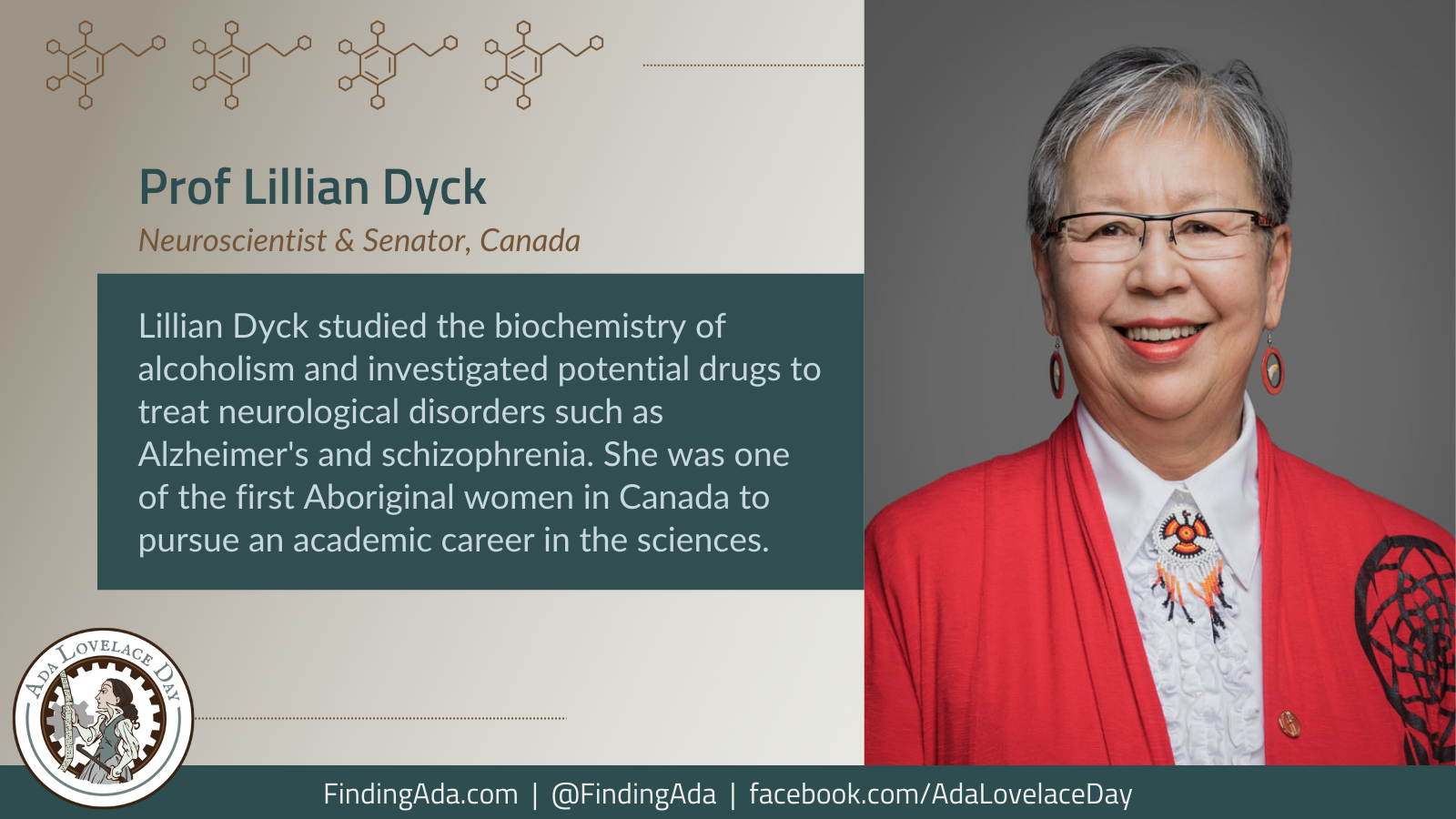The Complete Guide to Absolutely Everything: Adventures in Math and Science, Dr Hannah Fry and Dr Adam Rutherford
Despite our clever linguistic abilities, humans are spectacularly ill-equipped to comprehend what’s happening in the universe. Our senses and intuition routinely mislead us. The Complete Guide to Absolutely Everything (Abridged) tells the story of how we came to suppress our monkey minds and perceive the true nature of reality. Written with wit and humuor, this brief book tells the story of science — tales of fumbles and missteps, errors and egos, hard work, accidents, and some really bad decisions — all of which have created the sum total of human knowledge.
Mathematician Hannah Fry and geneticist Adam Rutherford guide readers through time and space, through our bodies and brains, showing how emotions shape our view of reality, how our minds tell us lies, and why a mostly bald and curious ape decided to begin poking at the fabric of the universe.
Rutherford and Fry shine as science sleuths, wrestling with some truly head-scratching questions: Where did time come from? Do we have free will? Does my dog love me? Hilarious sidebars present memorable scientific oddities: for example, hypnotized snails, human-sized ants, and the average time it takes most animals to evacuate their bladders. (A surprisingly consistent twenty-one seconds, if you must know.)
Both rigorous and playful, The Complete Guide to Absolutely Everything (Abridged) is a celebration of the weirdness of the cosmos, the strangeness of humans, and the joys and follies of scientific discovery.
Order the book on Bookshop.org.uk here and your purchase will support a local independent bookshop of your choice!
About the Authors
Dr Hannah Fry is a Professor in the Mathematics of Cities at UCL, and honorary fellow of the Institution of Engineering and Technology (IET). She is a best-selling author, having written The Mathematics of Love: Patterns, Proofs, and the Search for the Ultimate Equation, The Indisputable Existence of Santa Claus (co-authored with Thomas Oléron Evans) and Hello World: Being Human in the Age of Algorithms. She is also an award-winning science presenter and recipient of UCL Provost’s Public Engager of the Year in 2013, the Christopher Zeeman Medal in 2018 and the Asimov Prize in 2020.
Hannah regularly features on television, having recently appeared as a panellist on Have I Got News For You on BBC One, and has presented many documentaries on BBC Two and Four, including How to Find Love Online, Contagion! The BBC Four Pandemic, The Great British Intelligence Test, Making Sense of Cancer with Hannah Fry and Unvaccinated. She also co-hosts The Curious Cases of Rutherford & Fry on BBC Radio 4.
You can follow her work here:
Twitter: @fryrsquared
Instagram: @fryrsquared
Website: hannahfry.co.uk
Dr Adam Rutherford is a scientist, writer and broadcaster, and lecturer in Biology and Society at UCL. He is a best-selling author, having written Creation: The Origin of Life / The Future of Life (2014), A Brief History of Everyone Who Ever Lived: The Stories in Our Genes (2016), Genetics (2018), The Book of Humans: The Story of How We Became Us (2018), Humanimal: How Homo sapiens Became Nature’s Most Paradoxical Creature—A New Evolutionary History (2019), How to Argue with a Racist: History, Science, Race and Reality (2020) and Control: The Dark History and Troubling Present of Eugenics (2022).
He has written and presented numerous documentaries for BBC television including Playing God, The Gene Code, Science Betrayed and The Cell. He also hosts BBC Radio 4’s flagship weekly science programme Inside Science, and co-presents The Curious Cases of Rutherford & Fry.
You can follow his work here:
Twitter: @adamrutherford
Website: adamrutherford.com




